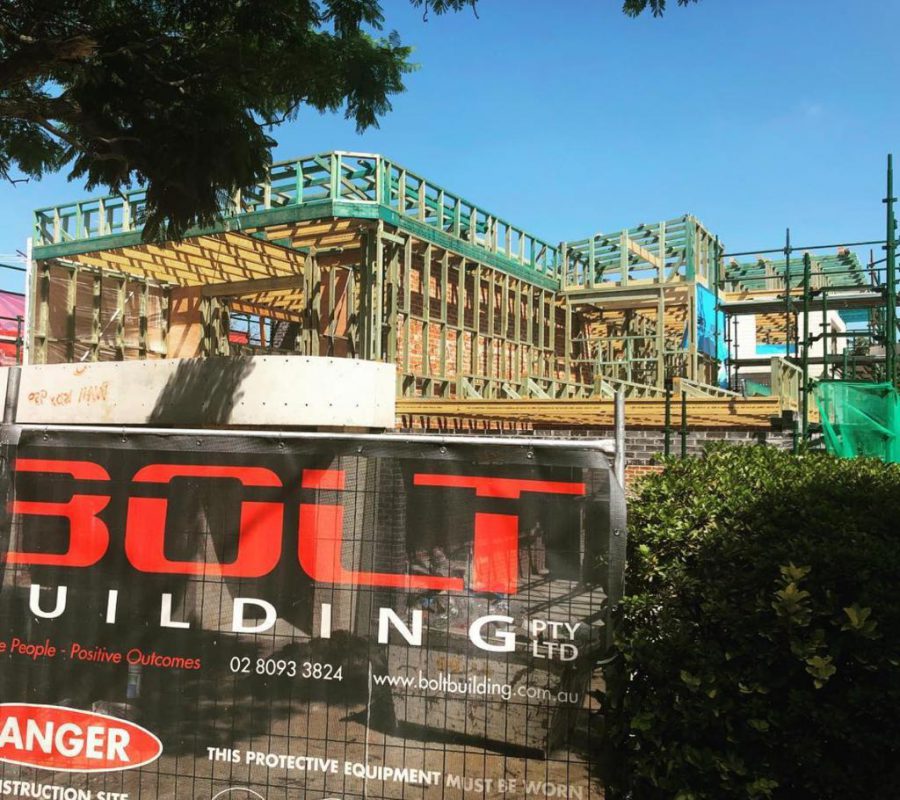If you are an owner of an apartment, and you suspect that your builder hasn’t completed his job properly, there are a number of ways that you can approach the issue to resolve it. Issues that arise during or after the construction of a building are referred to as defects. Defects can be very broad, in that the construction itself wasn’t done according to specification, or that the specifications/designs themselves were approved without the contractor fulfilling his legal obligation.

A couple of things first; if your builder/contractor has done everything right, but there are still unforeseen defects, then there might be some good news for you in terms of insurance covering any associated costs with works being redone. This has happened on a number of projects where insurance did in fact cover the costs of significant work to be redone. On this topic, we would point out that it is absolutely crucial to have a builder who knows regulation inside and out, and who has done his due diligence in every aspect of a project.
It is also wise to speak with your builder and see if the issue can be rectified straight off the bat, and this is a step which is absolutely essential to follow in terms of how any ombudsman will evaluate a decision. Make sure whatever the issue is, that it is properly documented and that you inform the builder in writing, note all responses in writing, and document their revisiting of the premises, also informing the strata.
Australia has come a very long way in terms of legislation, policy, and procedure when it comes to its thriving building industry. Fair Trading NSW Australia has come to understand that even if you approach a builder with a complaint about a job, they don’t always get resolved with civility. This is why they have made an allowance for builders to report poorly completed jobs directly to Fair Trading. A qualified and experienced remedial builder will be able to conduct the right tests to detect defects, and will be able to produce a professional report which can act as a legal document if required.

These are the two ways in which tests are conducted and recommendations will be made by the remedial builder that you contract with for your inspections.
Non-Destructive Testing (NDT) is the first step in determining whether or not the defect requires further testing. Methods for this include:
2a. Visual Inspection:
A well trained and experienced builder who specialises in defects will quite quickly be able to pick up signs of serious corrosion, seepage, water damage, sagging etc. Once any signs have been spotted and documented, further testing will then follow to establish a solid case for a particular path in the remedial works. If the incorrect diagnosis is given then a subsequent methodological failure could ensue causing far more serious problems then even the initial defect. This is why it is important to follow it up with the proper non destructive tests, and then if necessary and safe, move to destructive testing.
2b. Scanners (Radiographic equipment/ Electromagnetic testing/ Ultrasonic)
Equipment like slab scanners can determine, rebar thickness, location, frequency to ensure proper construction. Slab scanners can also locate services to prevent any gas leakages or electrical deaths during remedial repair work. Cracks are also detectable, and this includes the depth and width of the cracks. Remedial builders such as Bolt Building employ licensed and insured subcontractors who are able to produce specialised reports. These reports are then used in the preparation of the defects reports, and act as a primary document in the creation of remedial repair plans.
2c. Liquid Penetrant Inspection
This involves applying a dye to the area under suspicion, the dye is easy to spot and seeps through the cracks highlighting the damaged areas for a clearer visual.
Destructive Testing (DT) for defects includes:
Destructive testing generally applies a load on the material until deformity occurs. This process makes the material unusable. Some common destructive testing methods include:
After these tests are completed, and a remedial builder has prepared the reports, then they can contact Fair Trading on your behalf and lodge the defects, this is also done with a risk assessment (which is extremely important) to determine the urgency of the repair work as it relates to health and safety. This can move the process a little faster and provide a rest to worrying about emergency expense costs, as the Department of Fair Trading takes into account extra costs associated with emergency repair works.